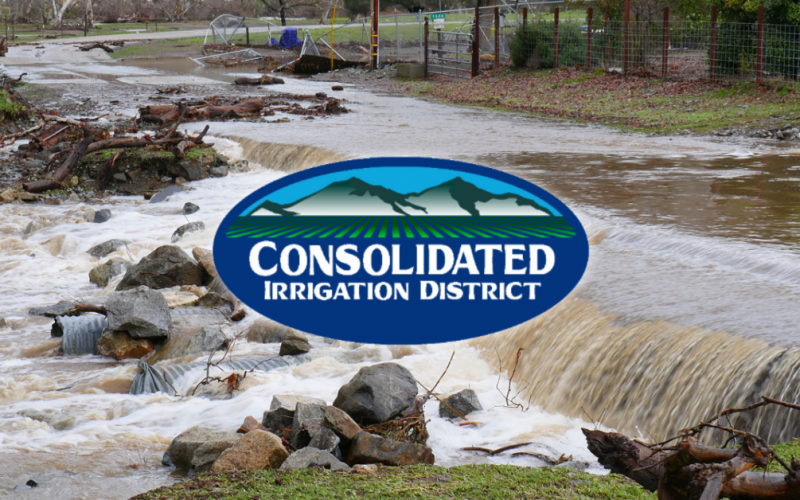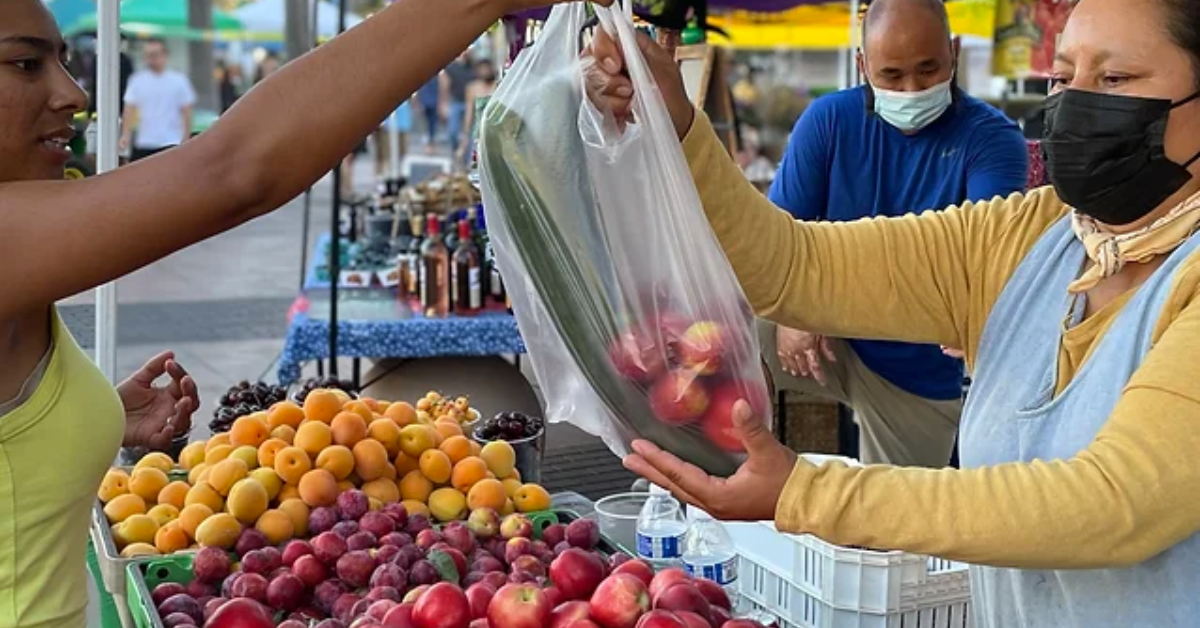While Kings and Tulare Counties are grappling with floods after weeks of heavy rain, a Selma-based irrigation district is not having any such issues.
Consolidated Irrigation District, which serves southern Fresno County and small portions of Tulare and Kings Counties, is taking advantage of its extensive system of ponding basins to store the excess water coming from the Kings River.
The big picture: By Tuesday, most flows in the Kings River were largely surplus to what would typically be any beneficial use, but Consolidated was diverting 900 cubic feet per second into its canals that provide surface water to irrigate farms around Sanger, Del Rey, Parlier, Fowler, Kingsburg, Monmouth and Caruthers.
By the numbers: The year that produced ideal recharge conditions was 2017, according to Consolidated, which resulted in 519,000 acre feet of Kings River water diverted to percolate.
- That number is over half the capacity of Pine Flat Reservoir.
- Consolidated expects to make an even larger recharge diversion this year because of the unusual precipitation to start the year.
Why it matters: Consolidated’s pumping is able to replenish a vital resource for the area: groundwater.
- Intensive groundwater pumping throughout the Central Valley has resulted in subsidence, the gradual sinking of land.
- The replenished groundwater will be used by residential and agricultural entities, Consolidated said in a statement.
What they’re saying: Consolidated General Manager Phil Desatoff explained the impact that the district’s pumping will have this year.
- “In most years, much of our district needs more water for crops than Consolidated can supply under its Kings River water entitlement,” Desatoff said. “Growers in most years and in many locations must rely on groundwater pumped from the aquifer to meet their crops’ water needs. At times and in places where surface water is not available, groundwater for pumping is the only supply.”










